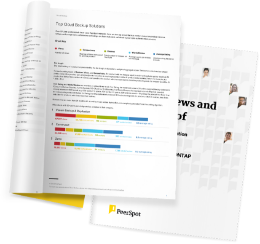The solution operates as a classic message broker but also as a streaming platform. It operates differently than a traditional streaming platform with storage and computing handled separately. It scales easier and better than Kafka which can be stubborn. You can even make it act like Kafka because it understands Kafka APIs. There are even companies that will sell you Kafka but underneath it is Apache Pulsar. The solution is very compatible because it can mimic other APIs without changing a line of code.




